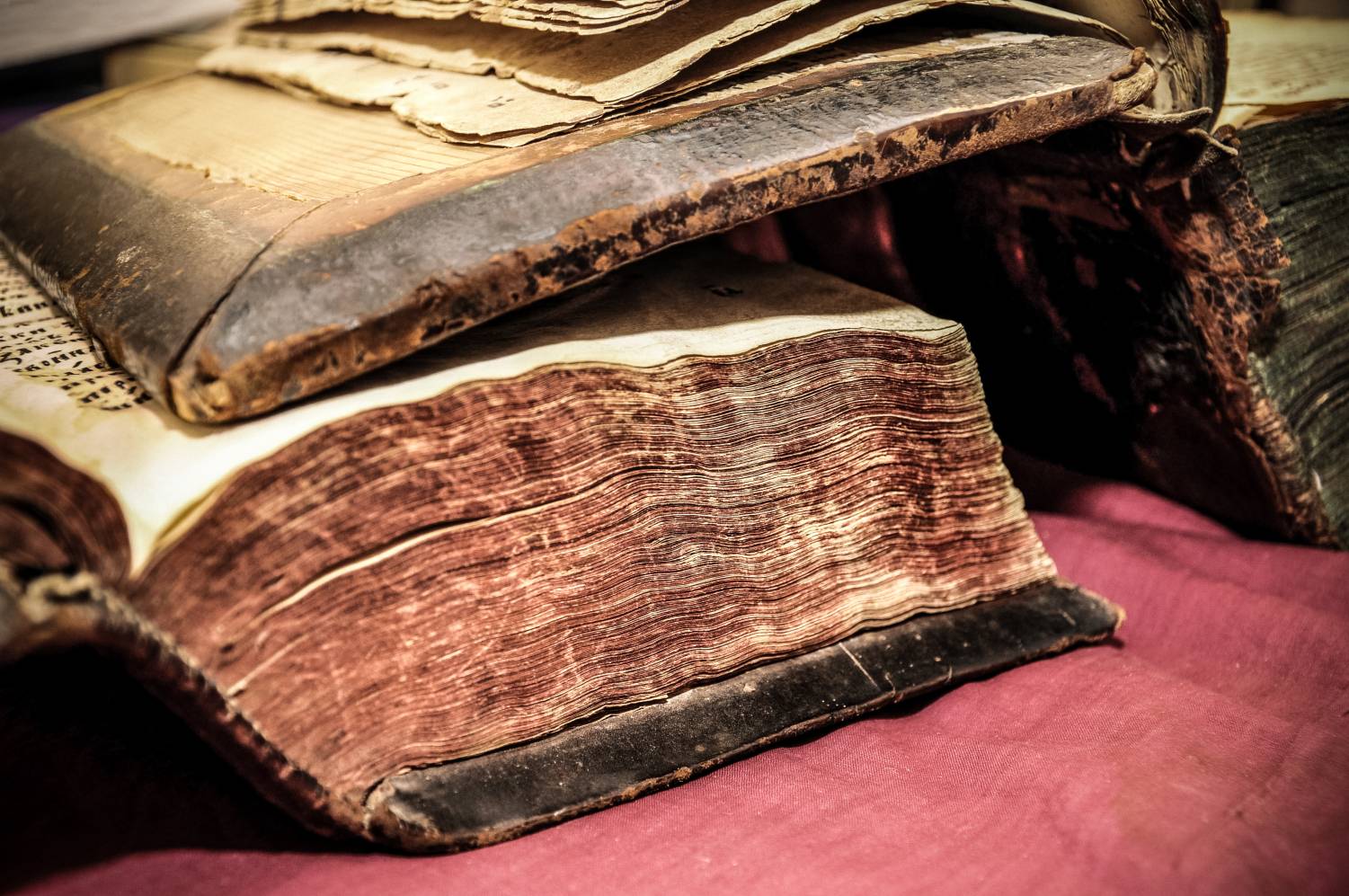History always has a way of surprising us with its fascinating and sometimes macabre aspects. One of the more mysterious and macabre items in history is an ancient Latin manuscript found in Kazakhstan, whose cover is made of human skin. What’s even more intriguing is that only a small portion of its pages have been deciphered so far. Therefore, the manuscript has been the subject of much speculation and research over the years, yet it remains shrouded in mystery.

The manuscript, thought to have been written in old Latin in 1532 by notary named Petrus Puardus from northern Italy, has 330 pages, but only 10 of them have been deciphered until today. According to the Daily Sabah report, the manuscript was donated by a private collector to the Rare Publications Museum of the National Academic Library in Astana, where it has been on display since 2014.
According to Möldir Tölepbay, an expert in the Science Department of the National Academic Library, the book was bound using a now-obsolete bookbinding method known as anthropodermic bookbinding. This method used human skin in the binding process.
🌷 Kazakhstan displays mysterious manuscript with human skin coverhttps://t.co/kqoom5XCI9
— Rapa Nui (@Rapa224) April 4, 2023
Necessary scientific research has been conducted on the manuscript’s cover, concluding that human skin was used in its creation. The National Academic Library has sent the manuscript to a special research institute in France for further analysis.
Despite the first pages read indicating the manuscript may contain general information about financial transactions such as credit and mortgages, the book’s content remains a mystery. The National Academic Library hosts nearly 13,000 rare publications, including books made from snakeskin, precious stones, silk fabric, and golden thread.
In conclusion, with only a small portion of the text deciphered, there is much mystery surrounding the contents of the manuscript and the purpose for using human skin as the cover. Such a discovery sheds light on ancient practices and the use of human remains in historical artifacts. It is important that efforts are made to continue deciphering the manuscript, as it holds the potential to reveal valuable insights into the past. The significance of this artifact cannot be understated and it serves as a testament to the richness (oddly) of Kazakhstan’s cultural heritage.




